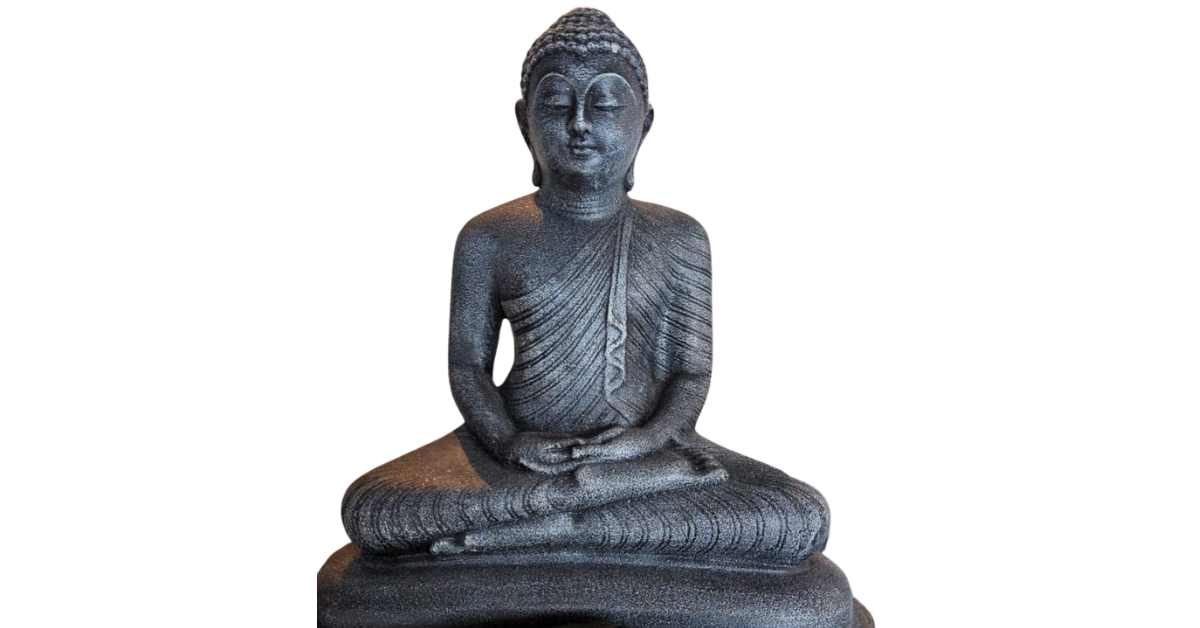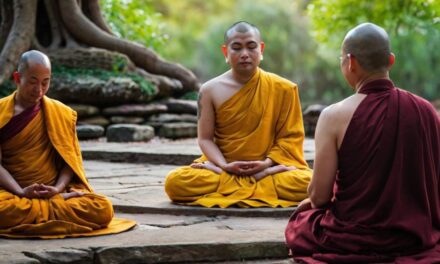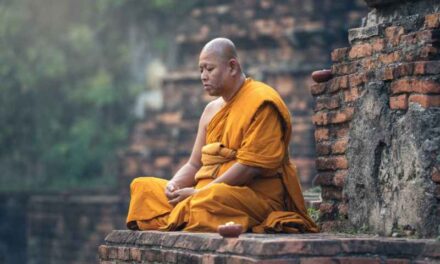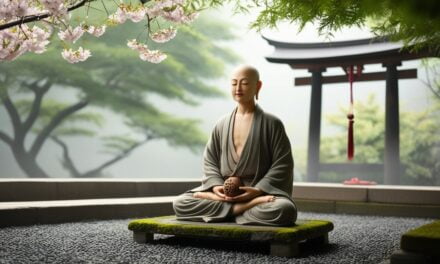In Buddhism, the life of Siddhartha Gautama, the Buddha, serves as a roadmap to liberation. Every step, from his renunciation of worldly comforts to his enlightenment under the Bodhi tree, is a testament to the transformative power of the Buddha’s path. But the story doesn’t end with enlightenment. The Buddha’s final liberation, known as Parinibbāna, holds immense significance, marking the culmination of his journey and offering profound lessons for all who follow his teachings.
Parinibbāna, a Pali term often translated as “final liberation” or “complete nirvana,” signifies the Buddha’s complete liberation from the cycle of rebirth. Unlike death, which is often seen as an ending, Parinibbāna represents the extinguishing of the fires of desire, clinging, and suffering. It’s a state of perfect peace and liberation from the limitations of the physical world.
The story of Parinibbāna, as told in the Pali Canon, is a poignant one. The Buddha, nearing the end of his life, travels through various towns, teaching and offering guidance to his disciples. He encounters a humble metalworker named Chunda, who offers him a final meal – a simple dish of mushrooms. Knowing this would be his last meal, the Buddha instructs his attendant Ananda to politely decline any further invitations.
Reaching the city of Shravasti, the Buddha enters a grove of Sala trees. Here, surrounded by his devoted followers, he delivers his final teachings. He emphasizes the importance of self-reliance, urging his disciples to be “lamps unto themselves” and to practice the Dharma diligently. His words are filled with peace and acceptance, a testament to the liberation he had attained.
With these final instructions delivered, the Buddha enters a deep meditative state. As night falls, he passes into Parinibbāna. The earth trembles, and a celestial light shines down, signifying the momentous event. The disciples, filled with grief at their teacher’s passing, eventually find solace in his teachings and the path he had laid out for them.
Parinibbāna is not just the end of the Buddha’s physical life; it’s a culmination of his entire journey. It represents the complete embodiment of the truths he had discovered and shared with the world. His teachings on impermanence, suffering, and the path to liberation all find their ultimate expression in Parinibbāna.

For followers of Buddhism, Parinibbāna offers several key lessons:
- Impermanence: Even the Buddha, a fully enlightened being, was not immune to impermanence. His Parinibbāna serves as a reminder that all things are impermanent, and clinging to anything leads to suffering.
- The Importance of Practice: The Buddha’s long and dedicated practice culminated in Parinibbāna. It reminds us that liberation is not achieved overnight; it requires consistent effort and walking the path with dedication.
- The Power of the Dharma: The Buddha’s legacy lies not in his physical presence, but in the Dharma, his teachings. Parinibbāna signifies the enduring power of the Dharma, which can guide anyone towards liberation.
- The Attainability of Liberation: The Buddha, once an ordinary human being, achieved liberation through his own efforts. Parinibbāna serves as a beacon of hope, showing that liberation is attainable for all who walk the path.
Parinibbāna is not a morbid event, but a celebration of the Buddha’s complete liberation. It signifies the culmination of his path and offers a powerful testament to the transformative potential of his teachings. By understanding Parinibbāna, we gain a deeper appreciation for the Buddha’s message and find inspiration to walk the path he laid out for us: the path that leads to lasting peace and liberation.pen_sparktunesharemore_vert





